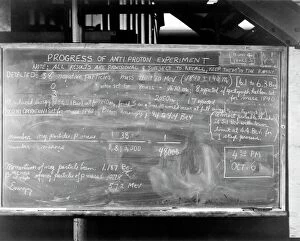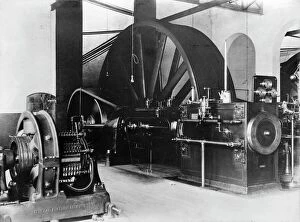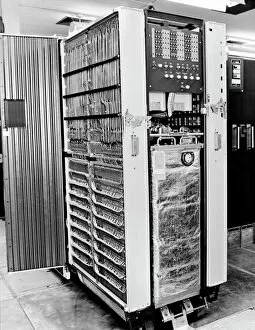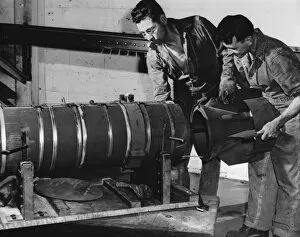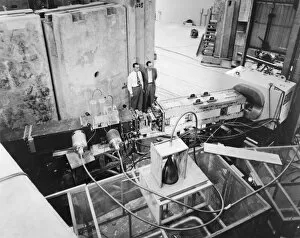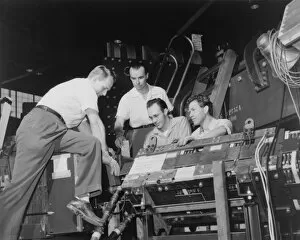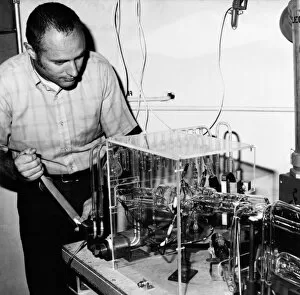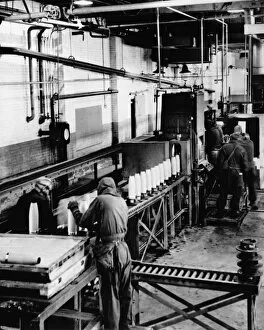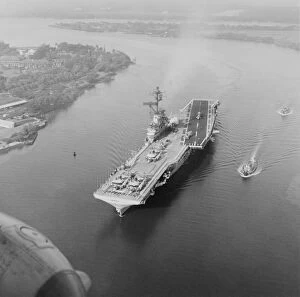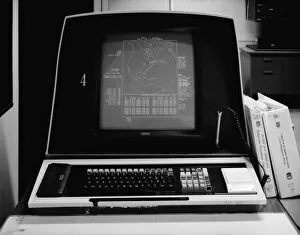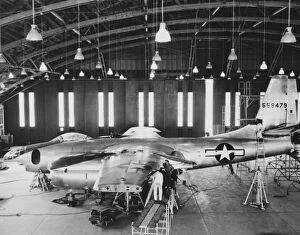Historic American Engineering Record Collection
"Preserving the Legacy
For sale as Licensed Images
Choose your image, Select your licence and Download the media
"Preserving the Legacy: Unveiling the Historic American Engineering Record" Step back in time and explore the remarkable achievements that shaped America's engineering landscape. From groundbreaking scientific experiments to revolutionary technological advancements, the Historic American Engineering Record captures a tapestry of innovation and ingenuity. In 1955, Berkeley witnessed a pivotal moment in particle physics with the Anti-proton experiment (C016 / 8832). This milestone propelled our understanding of subatomic particles, paving the way for future discoveries. Transporting us to an era of industrial might, we encounter the majestic Corliss steam engine from circa 1900 (C016 / 4584). A testament to mechanical prowess, this marvel powered industries across America during its heyday. Amidst Cold War tensions, a Nuclear missile warning system was developed in 1965 (C016 / 4518), ensuring national security during uncertain times. Meanwhile, napalm bomb production in 1957 showcased both progress and ethical dilemmas faced by engineers. Delving deeper into history reveals carding machines from circa 1900 (C016 /8824), which revolutionized textile manufacturing processes. These intricate devices played a crucial role in shaping America's booming textile industry. The quest for knowledge led scientists to delve into geomagnetism research in both 1965 (C016 /8820) and earlier years such as Antiproton research in 1958 (C014/2068). These investigations shed light on Earth's magnetic field and its impact on various phenomena. Highlighting extraordinary teamwork, we commemorate the Antineutron discovery team of 1956 (C014/2067) who unlocked new frontiers within nuclear physics. Their collaborative efforts pushed boundaries and expanded our understanding of matter itself. Notable figures like Brent Dalrymple emerge as trailblazers within their respective fields. As a prominent US geologist, his contributions have left an indelible mark on the scientific community.

